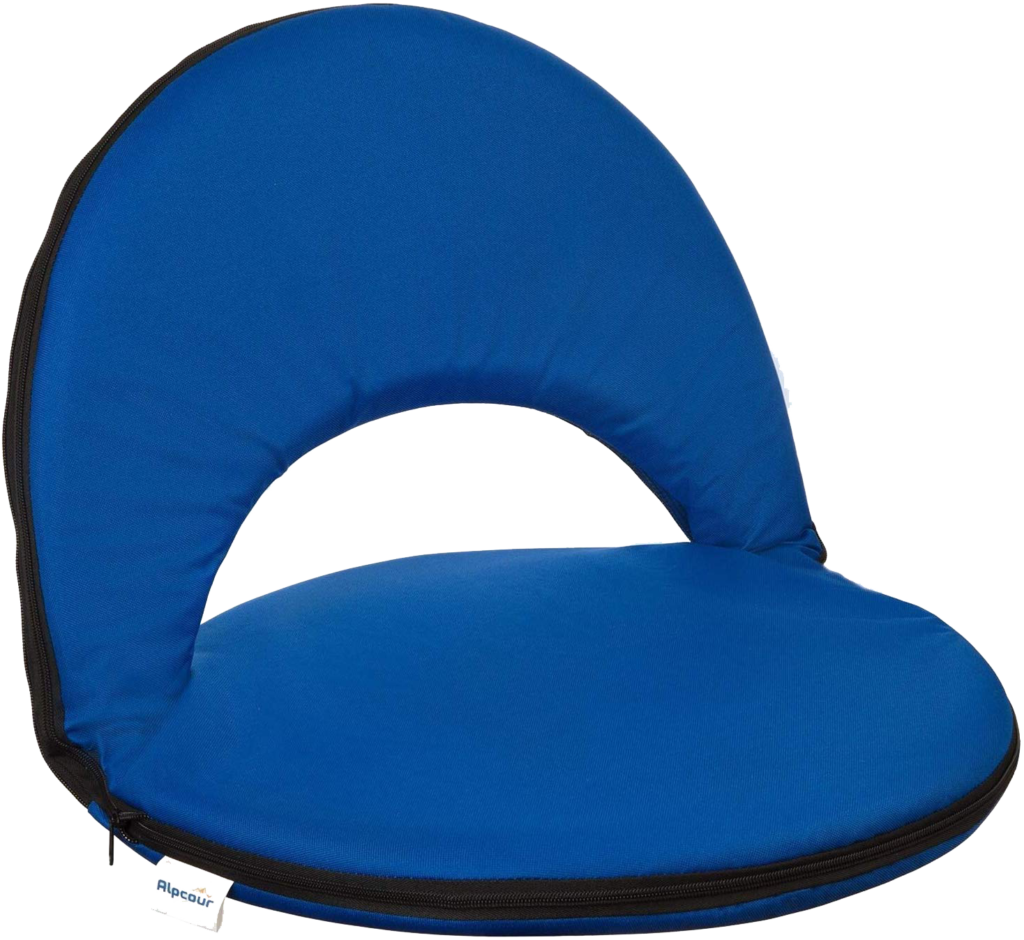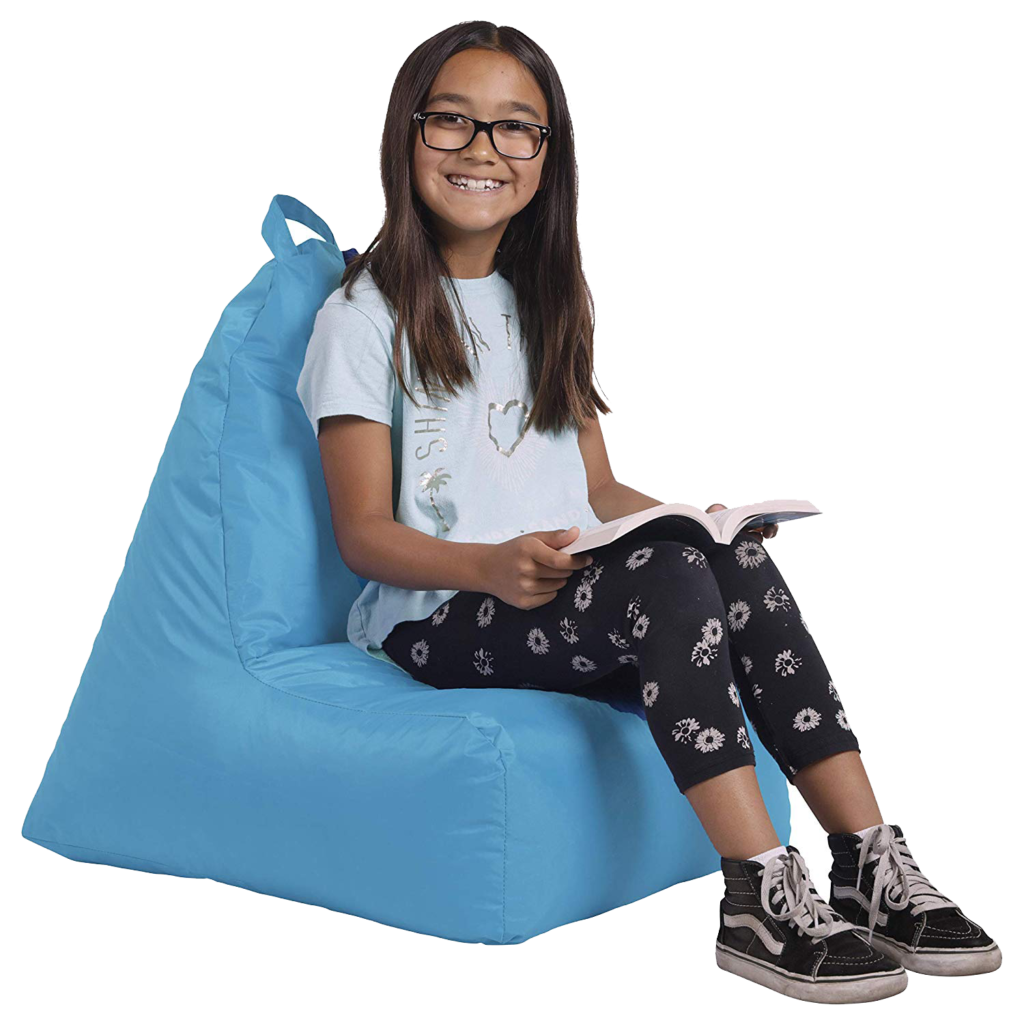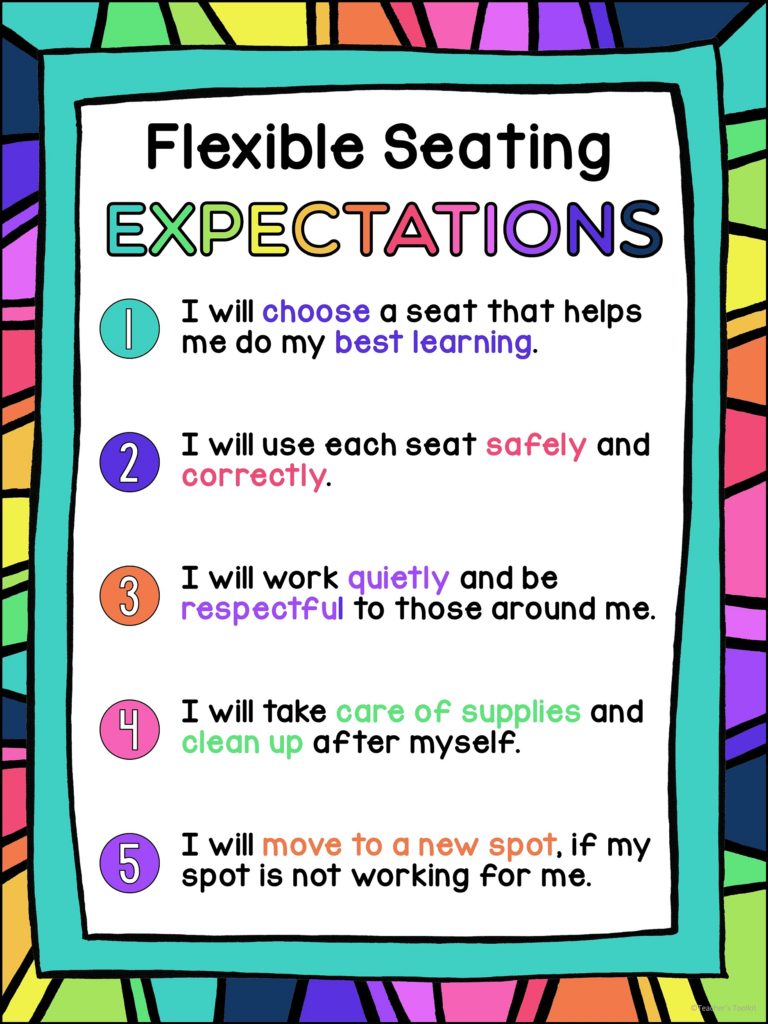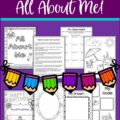Flexible seating is a relatively new idea in the world of teaching and learning. In an attempt to make our classrooms seem more like everyday life, teachers are swapping out student desks and chairs for standing desks, ball seating, couches, yoga mats and bean bags.
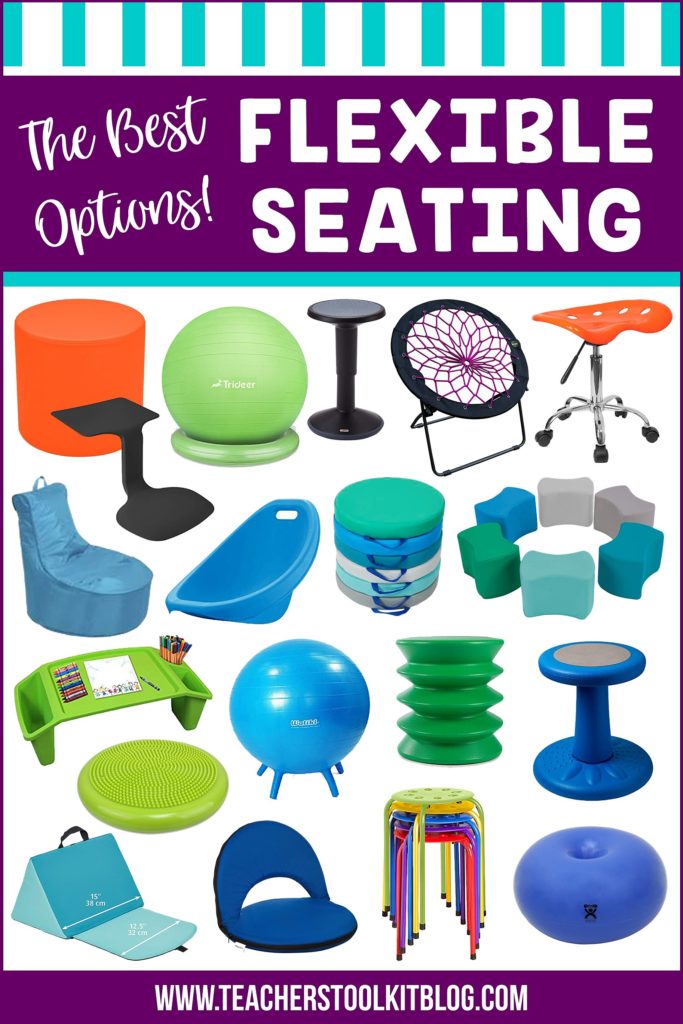
But what’s the philosophy behind this approach? Are there any benefits for students and learning?
Why Flexible Seating?
Flexible seating is more than just throwing a couple of bean bag chairs in your room. You would have an immediate battle on your hands as students all tried to “be the ones” to get to use them each day.

Using flexible seating is actually a step (perhaps the first step) toward student independence in a student-centered classroom. Giving students a choice of where to sit each day will enable students to collaborate, problem-solve, and it sets them on the road to using critical thinking skills.
You may wonder how just changing the seating in your room can lead to all of these wonderful effects.
Imagine yourself working in your local coffee shop. You have your laptop set up and a cup of your favorite drink. You may have chosen to sit at a traditional table and chairs, but you also have the option of sitting in a big, comfy chair. There is a low murmur of sound and the atmosphere is relaxed. Looking around, you notice that everyone is engaged in their work and seems content to be there.
The above scenario is quite different from what we see in a traditional classroom. Students are seated in hard chairs for the entire day, causing lots of shifting and rustling as they attempt to find a comfortable position. It’s often difficult to keep them engaged, especially those in the back of the room. And the lighting is usually horrible with bright fluorescent lights overhead.
Which room would you rather work in? You might not be able to change the lighting, the location or proximity to noise or even the lack of windows, but what you can change is the atmosphere inside your room – starting with the seating.
implementing flexible seating
I mentioned earlier that there is a philosophy involved in flexible seating. Empowering students with the option of where to sit each day will require the classroom teacher to give up the power of the seating chart. Swapping desks for tables and comfy chairs doesn’t automatically guarantee higher student engagement and accountability. But it is a good first step towards getting students to take ownership of their learning process.
Setting Up
- Be willing to give up most of the furniture in the room, including your own desk. Make a spot for yourself with a table or two and some shelves or cubbies.
- You’ll most likely still need a spot for whole-group instruction.
- Provide a variety of seating options
- Flexible seating doesn’t have to be expensive. Visit garage sales and thrift stores looking for some kid friendly seating options; set up a DonorsChoose campaign for funding; or put the word out in your class newsletter … very often parents have things they’re willing to donate.
- Students will need a spot for supplies. You can incorporate bins or crates for easy access since students won’t have their own desks.
Putting it into Action
- Have all students try out each type of seating. This will help them to understand where they do their best work and learning.
- Teachers need to be moving! Circulating around the room helps you know if students are on-task and whether there are issues between students.
- Reserve the right to move students (along with their comfy seating) to a new spot in the room if issues arise.
- If you can, have more seating options than you have students in your room. This will cut down on just about any disagreements. But if you have some class favorites, then implement a rotating choice order where everyone gets a chance to choose their workplace first. That way students know that every now and then they get first choice!
Flexible seating has so many benefits for your students. Have you tried it yet? Please share in the comments. And we’d love to see pictures!
Click the image below to get your Flexible Seating Expectations Poster.

I’ve done my research on Amazon to bring you some options. Obviously the choices you make depend on your budget. The following list comprises my favorite options for the classroom. Just click on the images below to explore further.

